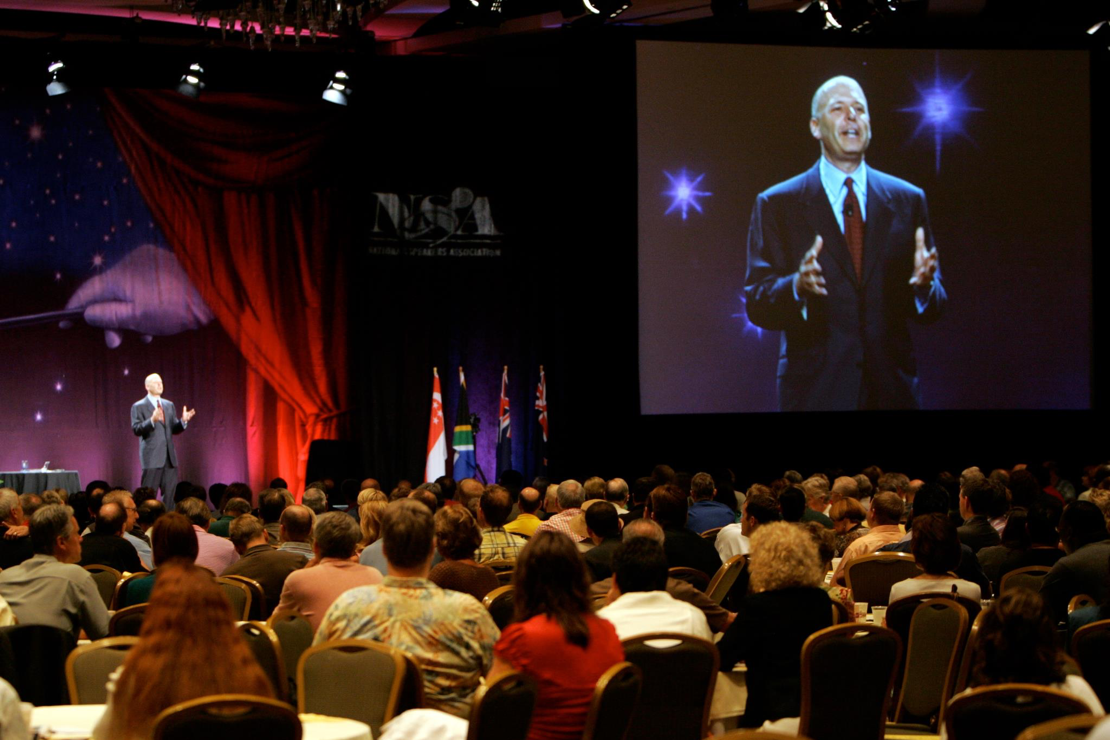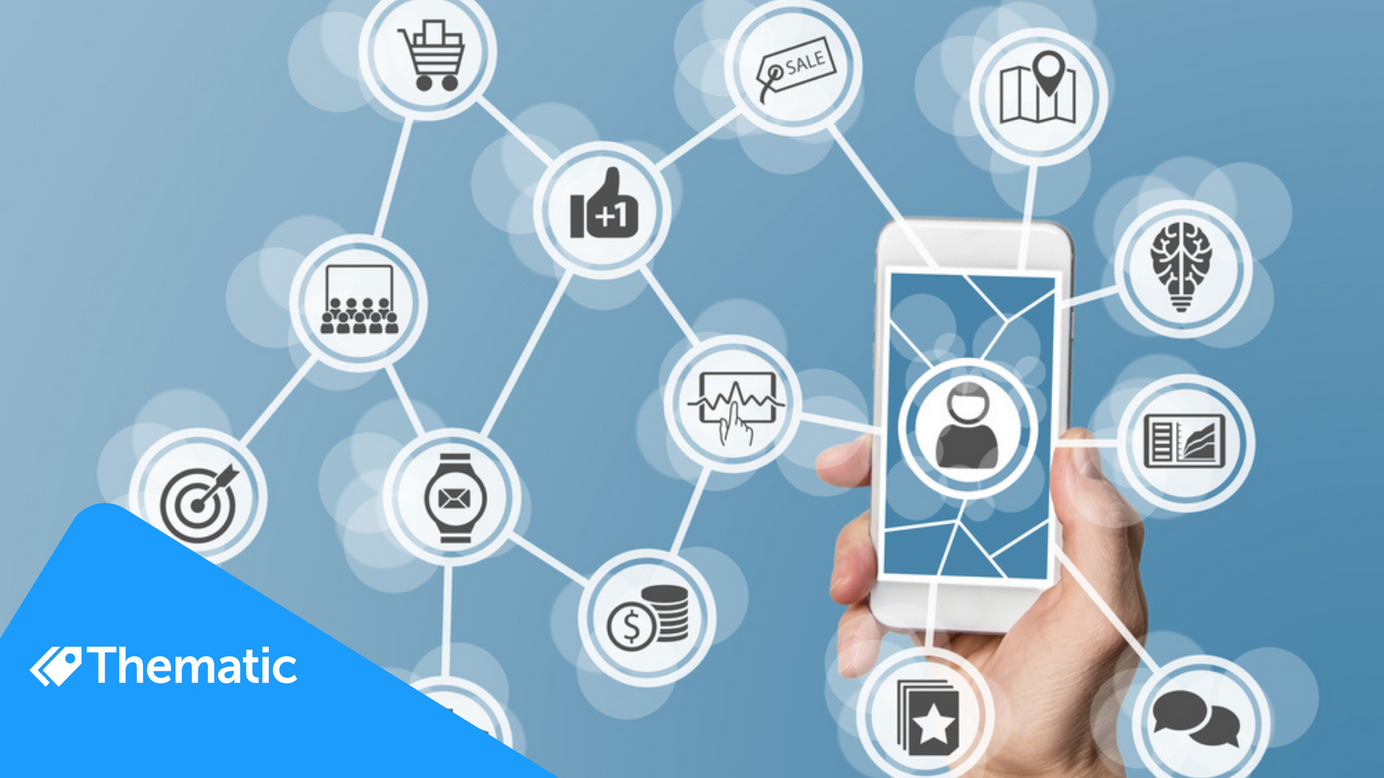
5 best practice tips for customer journey mapping surveys
Customer journey mapping is a great way to truly visualize your customer experience so that you can help drive positive change within your organization.
What is a customer journey map?
Let’s firstly define what a customer journey is. It’s literally every experience your customers have with you, so a customer journey map is then a visual representation of this. It can be quite a complex matrix indeed and it will help tell the story of a customer’s experience with your organization from the initial original engagement into a long term relationship or the end of their interactions with you.
What is customer journey mapping?
Customer journey mapping helps businesses see their business or organization from the customer’s perspective.
This tool can be extremely beneficial as it helps you get an insight into your customer pain points and how to improve your customer experience. But also define what customers, and prospective customers, need in order to buy your products and services and be satisfied enough to become repeat customers.
A map helps reveal barriers and bottlenecks in your business, focuses your business on specific customer needs at different stages in the buying funnel and shows the gaps between the desired customer experience and the one actually received – among other things.
An important strategic tool
Your journey maps will be important strategic tools that help provide an in-depth understanding of who your customers are, what they need, and how they interact with your company across all touch points. But more importantly, for sharing customer insights across the organization, maps can be critical for facilitating buy-in and driving targeted action internally to improve customer experience.
If you’re starting a customer journey map initiative, and are in the data gathering step, you may want to survey your customers to inform your journey map.
What are episodes and touchpoints?
Your customers can come into contact with your business in a multitude of ways and touchpoints, for example: marketing emails, an internet search, a retail store, social media posts, customer service enquiries (calls and chats) and above-the-line campaigns.
Touchpoints
Touchpoints are all the moments when a customer “touches” the brand. This can be both direct and indirect, and is basically a time when the customer has an experience which always influences his opinion about your organization. It can be positive, neutral or negative. Touchpoints are more specific than simply just a channel. For example in the channel called ‘retail shop’ the customer can have a number ot touchpoints such as;
- Reading a brochure to get more information
- Talking to a service representative for more information
- Negotiating with a sales representative for a better offer
Episodes
Episodes are groups of touchpoints in the customer’s’ journey. An episode is like a chapter in a book, such as:
- Looking for information, contacting the company, filling in a form, receiving confirmation, using a service, talking to a sales person, ending the service
- Booking a trip, preparing for it, taking a taxi to the airport, checking in, boarding, flying, arrival.
5 best tips for customer journey mapping
There are several ways to create a journey map, but in reality, there is not one right way to do it. You’ll have to see what works for you and experiment to get to your objective.
1. Incorporate episodes and touchpoints
One way is to build up a customer journey map that is based on customer episodes and then details the touchpoints for each episode.
The episodes are the major blocks of the customer journey, for example like this: Orientate-Buy-Use-Repair-Renew. Within those episodes, the touchpoints are related to different channels, like phone, website, social media, in person and so on. This means that you have both elements mapped out.
A Touchpoint is build up like this: “I visit the website to get more information about the price.” This contains the customer ( I ), an action (visit), a channel (website) and a reason (more information). In this way you always capture what the customer does and the channel.
For a customer survey you can do 3 things:
- Measure per channel (the traditional way)
- Measure per episode. You can ask the customer specifically about the experience when using the product. Find which of your customers are in that stage of the process and send a survey when they are using it.
- Measure per touchpoint. Ensure that you know when that touchpoint is happening, who is experiencing it and then ask in that exact moment. Then you have captured the exact moment the customer is experiencing your product, in a specific episode. And, you get the channel also included.
2. Use personas to inform your customer map
Personas are fictional, relevant archetypes you can develop to represent your ideal customers. They go deeper than generalized customer segments because we create individual names and stories for them that reflect personal attributes and behavioral characteristics such as needs, motivations, attitudes and pain points.
They are used to help organizations develop user-centered processes and experiences.
Have you heard of Jeff Bezos’ empty chair that represents “the most important person in the room”? In a similar way, personas help build empathy with your customers.
They help you understand how your customers interact with your company throughout the entire lifecycle.
Personas, especially if backed with data and research, can help you describe to stakeholders what a better experience should look like.
The best personas align with business objectives, use data and research (see your social media insights and use all of the interview and survey material you have at hand) and are engaging and memorable by including narratives and realistic photos.
When you’ve created personas (about 3-5 is a good number) use them to create customer journey maps that describe each personas experience at various touchpoints. An effective journey map should represent the true customer experience and is based on real research and customer behavior.
Personas are important because a lot of the information for your journey map will come from your personas ( their goals, motivations, current pain points), which is why it’s best to create the personas first.
3. Take into account the customer lifecycle
If you conduct a survey you don’t always need to focus on specific stages of the customer lifecycle. However, when you review the results you should take into account where the customer is in their lifecycle (given you have this data).
In addition there are surveys taken at certain stages in the lifecycle which are more “transaction-based” that can be insightful. Those “transactions” are not necessarily one-off or short term, but could be long-running such as a product installation lasting many months or relate to a specific transaction such as a call to the Support Desk.
With regards to lifecycle in general, this needs to be defined to fit your business model the way in which clients buy and use your products and services.
Examples of stages are: Buying, Bought, Installing, Configuring, Using, Getting Value, Receiving Support, Repurchase and so on.
Each of these then incorporates a milestone in the lifecycle that you monitor, with increased focus on those milestones where we know certain customers will struggle. Your customer loyalty or success team will want to focus on supporting both the client and their business colleagues to help them at those critical milestones.
4. Incorporate qualitative data
You don’t always need to start with a survey! The best journey maps, regardless if they are for B2B or B2C, include the real emotions of the customer experience. Such as the frustration caused by any tedious processes, or the anger when a customer has to repeat things three times because your website has frozen.
These situations are sometimes more easily understood through a qualitative process. You can use qualitative interviews to supplement your survey, and often, this process will then show you what the survey questions will be when you go to validate the results.
5. Use a combination of methods
You can put together questions for both customers and employees that are experience and diagnostic oriented. They mirror each other so that you get an understanding of areas that need improvement such as understanding the company brand promise, how the touchpoints work for them (timing/relevance/completion of the desired ‘job’). If you ask both of these sides (customers and employees) you should see lots of correlation.
Be prepared with a question set of the company that goes into customer centric readiness (Enterprise, Touchpoint, Operations, People, Technology, Data/Information). Armed with all of this you can then do some research going from the “outside in”.
It needs to be a thoughtful and thorough questionnaire including all of the elements of the relationship such as relevance, trust, timing and type of communications, quality of product/service and so on.
So, to really understand your customer journey from different angles, and identify what’s generally working and what’s not, include a combination of your Voice of the Customer and Voice of the Employee results (more or less the same questions).
When creating your journey maps, an idea is to start shallow and wide capturing all of the touchpoints. Here, you’ll often have an Aha! moment around who in your organization is really touching the customer and how well. Then you can drill down to things such as Audience User Research, the ROI of touchpoints, emotional context, moments of truth, and pain points to understand why things are happening (good and bad).
This process should be done as regularly as you can to show improvement and to prove business cases for larger investments.
Stay up to date with the latest
Join the newsletter to receive the latest updates in your inbox.




